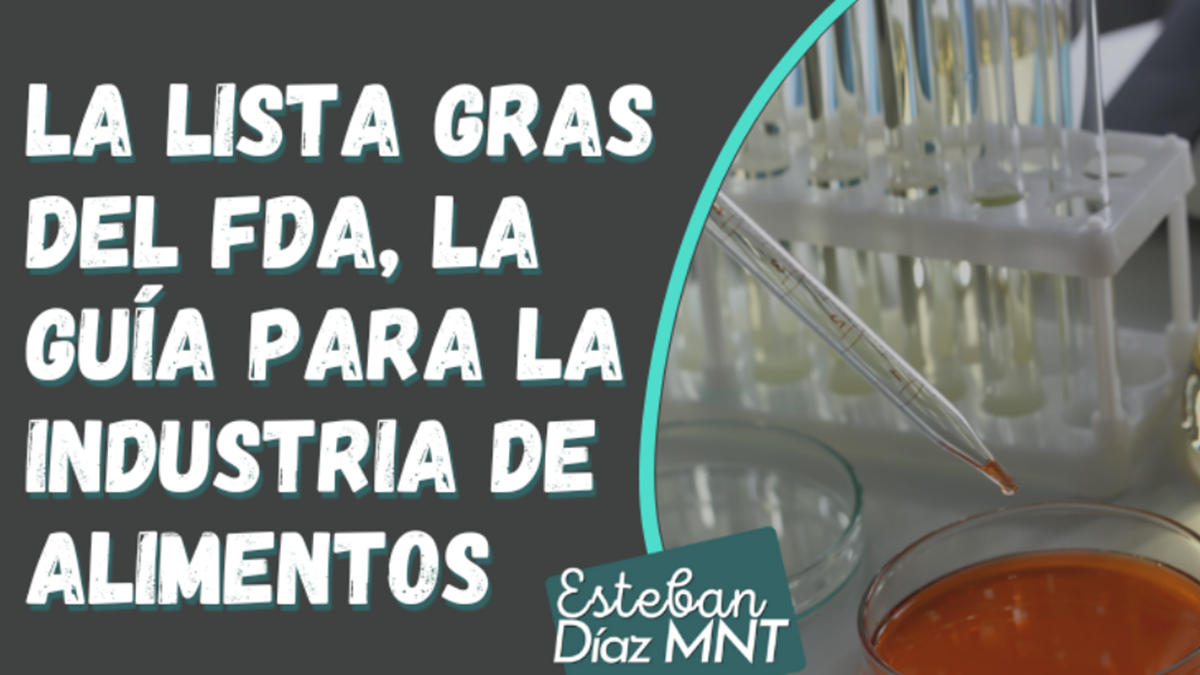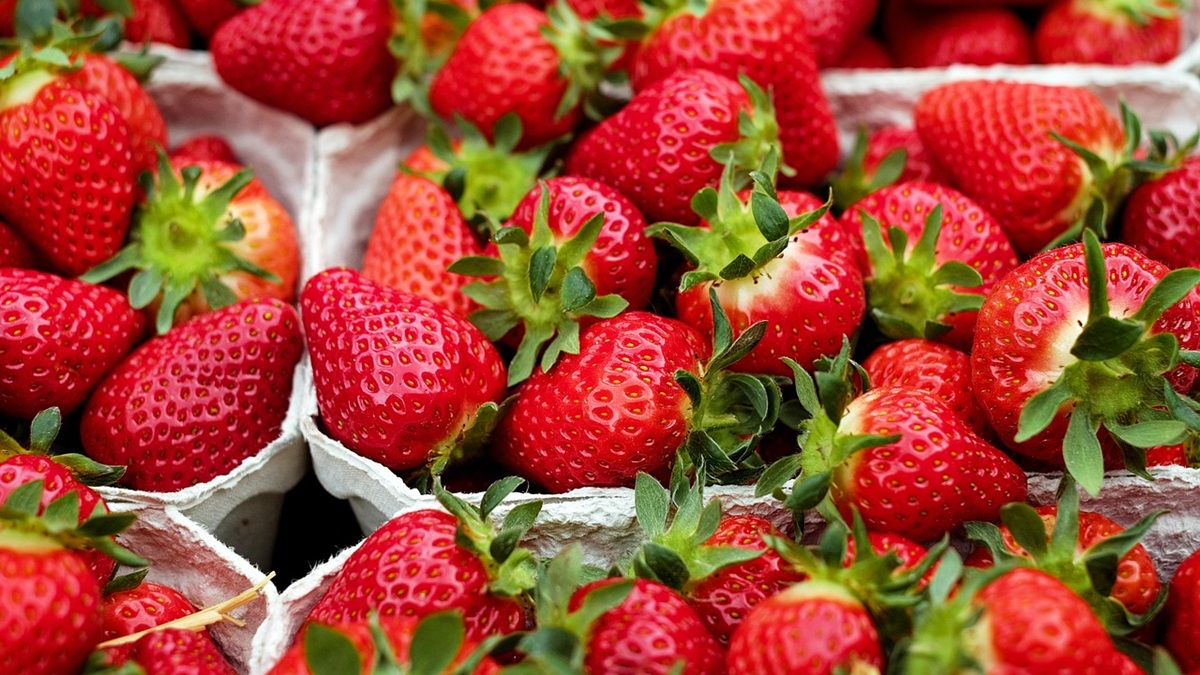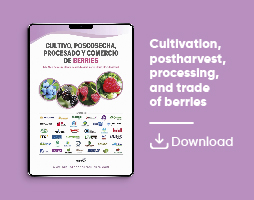Actualidad
Colour development and other processes related to ripening in two avocado cultivars
Primary metabolites and hormones crosstalk plays a significant role in colour development in the exocarp and in the softening in the mesocarp of avocados

Avocado (Persea americana Mill.) is one of the most economically important subtropical/tropical fruits worldwide and the consumption of avocado has significantly increased in the last ten years mainly due to its high nutritive value.
Colour development in avocado fruits is a sophisticated molecular process influenced by several factors, including genetics, environmental conditions, and agricultural practices.
To understand this mechanism, metabolomic comparative analyses were conducted using fruits of two exocarp colour contrasting avocado cultivars 'Fuerte' and 'Hass' during ripening.
Exocarp colour analysis showed significant differences in CIELAB colour space between both cultivars at ready-to-eat (RTE) stage.
Pigment content in the exocarp exhibited an accumulation of anthocyanins in 'Hass' avocado, while chlorophyll content showed no differences.
Carbohydrate quantification indicated that 'Hass' exocarp contained an increased abundance of sucrose, mannoheptulose, and perseitol at RTE. On the other hand, 'Fuerte' mesocarp contained higher levels of glucose and fructose at RTE.
Higher amounts of fatty acids were observed in both tissues of 'Fuerte', showing a differential distribution of lipids, where palmitate, alpha-linolenate, and oleate presented major differences in the exocarp at RTE.
Polar metabolites indicated differences in amino acid and carbohydrate metabolisms between cultivars, being accumulated serine, valine, malate, perseitol, shikimate, and succinate in 'Hass' exocarp at RTE, suggesting an activated carbon metabolism associated with the production of pigments.
Hormone analysis suggested that abscisic acid and salicylate could be involved in the orchestration of pigment biosynthesis, displaying a higher amount in 'Hass' exocarp at RTE.
These findings indicate that primary metabolites and hormones crosstalk plays a significant role in colour development in the exocarp and in the softening in the mesocarp of avocados, suggesting new perspectives about the relation of the development of this tissue synchronization during postharvest ripening.
(This research was financed by ANID-Fondecyt 1220223 and ANID-ICN2021_044.)
Source
Metabolomic profiling and hormonal assessment of synchronized exocarp-mesocarp tissues throughout ripening stages of ‘Fuerte’ and ‘Hass’ avocado cultivars
Romina Pedreschi, Pontifical Catholic University of Valparaíso, Chile; romina.pedreschi@pucv.cl
Patricio Olmedo, Pontifical Catholic University of Valparaíso, Chile, Chile;
Gerardo Nu ez-Lillo, Pontifical Catholic University of Valparaíso, Chile, Chile;
Excequel Ponce, Pontifical Catholic University of Valparaíso, Chile, Chile;
Juan E. Alvaro, Pontifical Catholic University of Valparaíso, Chile, Chile;
Jorge Banos, Valencia Polytechnic University, Spain;
Esther Carrera, Valencia Polytechnic University, Spain;
Jorge Gonzalez-Fernandez, Institute for Mediterranean and Subtropical Horticulture La Mayora, Spain;
Ignacio Hormaza, Instituto De Hortofruticultura Subtropical Y Mediterranea La Mayora, Spain;
David Campos, National Agrarian University, Peru;
Rosana Chirinos, National Agrarian University Peru;
Reinaldo Campos-Vargas, University of Chile, Chile;
Bruno Defilippi, University of Chile, Chile.
Encarna Aguayo, Postharvest and Refrigeration Group, Institute of Plant Biotechnology, Universidad Politecnica de Cartagena, Cartagena, Spain
Postharvest 2024, Rotorua, New Zealand, 11-15 November 2024, https://scienceevents.eventsair.com/postharvest-2024/











